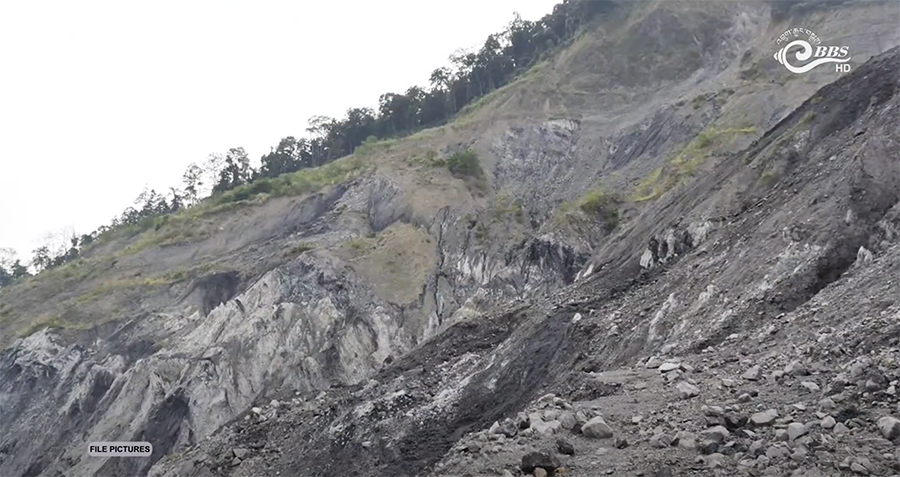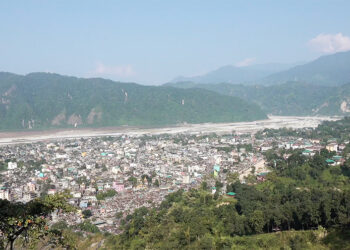
Bhutan has exhausted its known coal reserves, according to the Environmental Accounts Statistics 2024 report. Coal extraction peaked at 190,000 tonnes in 2018 and 2019. However, the figure dropped to 70,000 tonnes by 2020. By 2023, no reserves remained. The report notes that while future studies may uncover new sources of coal, there are currently no additional reserves available for mining in the country.
Coal mining has long been vital to Bhutan’s economy, supplying energy for local industries, generating export revenue, and supporting development goals. It also created jobs in rural areas, boosting livelihoods and the local economy.
The report highlights the need for Bhutan to find new ways to grow its economy without depending too much on non-renewable resources like minerals.
While Bhutan’s coal reserves are depleted, other minerals are still being mined. Dolomite leads the way, with an average of 2.4 million tonnes mined annually over the past decade, enough to fill around 48,000 BharatBenz 12-wheeler trucks. In 2019, dolomite extraction peaked at 3 million tonnes, which would require around 60,000 BharatBenz 12-wheelers to transport.
Limestone and gypsum production have been stable, averaging 1.2 million tonnes and 460,000 tonnes annually, equivalent to 24,000 trucks and 9,200 trucks, respectively.
Talc extraction, however, has dropped sharply, with just 400 tonnes mined in 2023, barely enough to fill 8 BharatBenz 12-wheeler trucks. Iron ore plays a smaller role, averaging 30,000 tonnes annually, or about 600 trucks worth of material.
The NSB report also highlighted the need for detailed geological surveys to explore the potential for discovering new minerals in Bhutan. It also urged the careful management of existing resources and a shift towards building a more diversified, less mineral-dependent economy to ensure a sustainable future for the country.
Karma Samten Wangda
Edited by Kipchu









